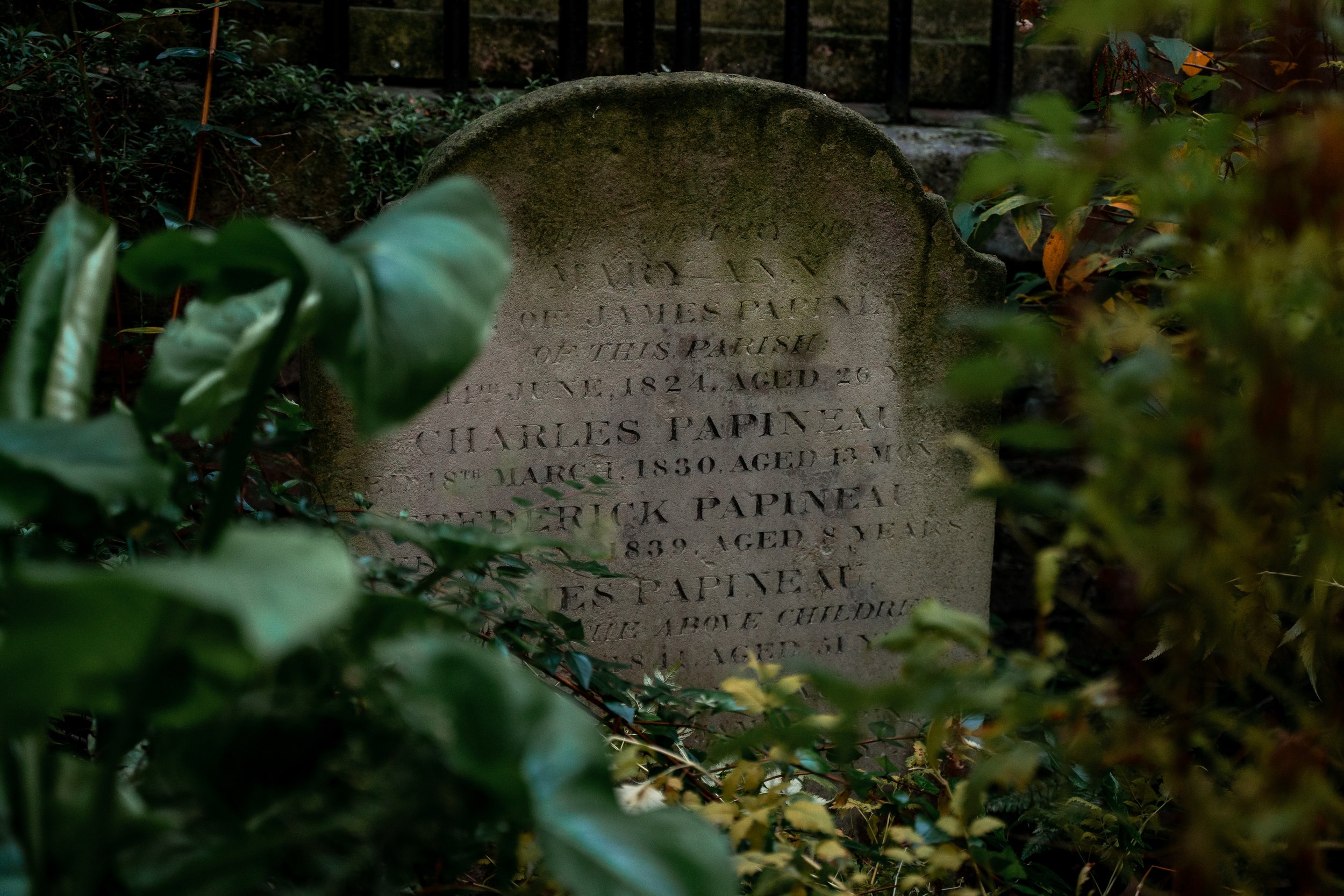St Olave’s Church






St Olave’s Church is not only one of the last remaining medieval places of worship in London, but its entrance is also one of the most macabre in the city, with a trio of deathly skulls astutely watching over anyone who enters.
This small Gothic church is located on Hart Street in the City of London and according to records was built in the 13th century, when it was once known as St Olave-towards-the-Tower. Although legend has it, that the church dates back even further to 1014 and was built on the site of the Battle of London Bridge.
The structure is one of the very few that managed to escape the Great Fire of London in 1666, but it was certainly a close call with the flames coming within a hundred yards of the church. It was only for the quick thinking of William Penn who pulled down neighbouring wooden structures to create fire-breaks and a fortuitous last-minute change in wind direction, that ultimately saved the shrine.
The church was beloved by the famous diarist Samuel Pepys, who lived and worked on Seething Lane. He even built a stairway which connected his Royal Navy offices to the church, so that he could walk there without getting wet in the rain. Both Pepys and his wife are buried here and you will also find a memorial to Pepys on the outside walls where the old stairway used to be.
Now on to my favourite part, the sombre gateway to the churchyard, featuring three extraordinary skull carvings dating from 11th April 1658 and which display the Latin phrase ‘Christus vivere mors mihi lucrum’ translating to ‘For Christ to live, death is my reward’. It seems that this memento mori piece has a certain effect on people; even Charles Dickens was so taken by the skulls, that he gave the beloved churchyard the name of ‘Saint Ghastly Grim’ and once caught a cab here on a stormy night, to just stand and stare at the trio.
If you look above, you will also see many protruding spikes forming the top of the arch, which were added in the 19th century to deter body snatchers from climbing over the gateway and exhuming the remains of newly buried bodies to sell on to medical science.
Head through the gates into the tiny grounds, where it is said that over 300 Great Plague victims are buried, including Mary Ramsay, the woman who was widely accused of bringing the dreadful disease to London.
Restoration work after the Blitz in World War II reinstated the church’s interior design and if you have the time, I’d highly recommend taking a peek inside to admire the beautiful medieval architecture of this grade I listed building.
Taken from The Uncommercial Traveller (1861), by Charles Dickens: “It is a small, small churchyard, with a ferocious, strong, spiked iron gate, like a jail. This gate is ornamented with skulls and cross-bones, larger than the life, wrought in stone; but it likewise came into the mind of Saint Ghastly Grim, that to stick iron spikes a-top of the stone skulls, as though they were impaled, would be a pleasant device. Therefore, the skulls grin aloft, horribly thrust through and through with iron spears. Hence, there is attraction of repulsion for me in Saint Ghastly Grim, and, having often contemplated it in the daylight and the dark, I once felt drawn toward it in a thunderstorm at midnight. 'Why not?' I said, in self-excuse”.
